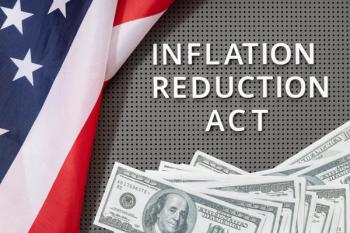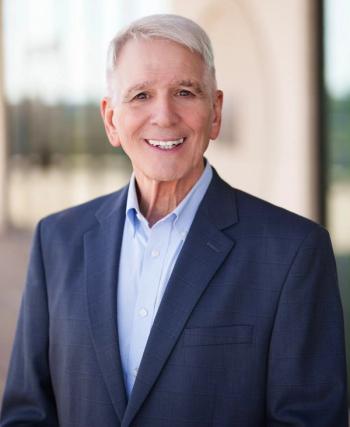
Can the Rural Fund Improve Access Amid Medicaid Cuts?
Michael Abrams, M.A., managing partner at Numerof & Associates, warned that without clear eligibility rules, the new $50 billion rural hospital relief fund could end up helping the wrong providers instead of the rural hospitals most in need.
In the days leading up to the Senate’s July 1 vote, Michael Abrams, M.A., managing partner at Numerof & Associates, spoke with Managed Healthcare Executive about the potential ripple effects of Medicaid cuts included in the broader legislative package—particularly for hospitals and patients in rural America.
The conversation took on added weight just days later.
On July 4, President Trump signed into law his nearly 900-page “Big Beautiful Bill” of tax breaks and spending cuts, affecting millions of Medicaid recipients while growing the Immigration and Customs Enforcement agency by thousands of workers.
The Senate passed the bill earlier in the week, while the Republican-controlled House voted 218 to 214 in favor on Thursday evening, with all Democrats and two Republicans opposed. The $50 billion rural hospital relief fund is part of that package.
Abrams was candid about the double impact that Medicaid changes could have.
“It is a double whammy for provider organizations,” he said. “Because they are going to be fewer people on Medicaid, right? That means more people who are not covered by any insurance showing up and expecting uncompensated care.”
Uncompensated care threatens already fragile hospital budgets—especially in rural areas where financial margins are often razor-thin.
Abrams emphasized that the issue isn’t just about funding cuts but about the overall viability of the healthcare system in those regions.
“The biggest threat to access is finding a physician that's going to take your coverage,” he said. “If they would improve the reimbursement rates for this kind of insurance, that would go a long way toward ensuring, to making sure that there is a provider when someone who's covered by Medicaid needs one.”
Abrams also argued that improving Medicaid reimbursement schedules should be a central goal of lawmakers if they want to preserve access to essential services—particularly in rural communities where fewer physicians already accept Medicaid due to low payments.
As the rural fund rolls out alongside deep Medicaid changes, how well policymakers manage both will help determine whether this sweeping bill brings relief—or further strain—to the health systems that serve some of the nation’s most vulnerable populations.
Newsletter
Get the latest industry news, event updates, and more from Managed healthcare Executive.






















































